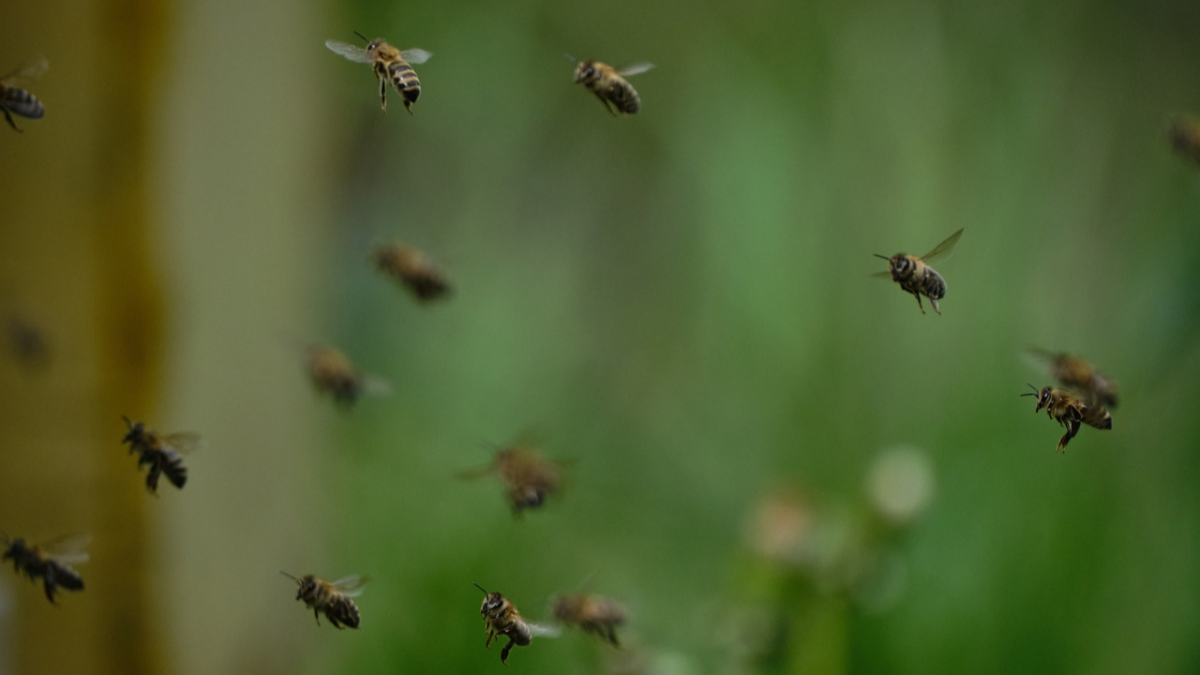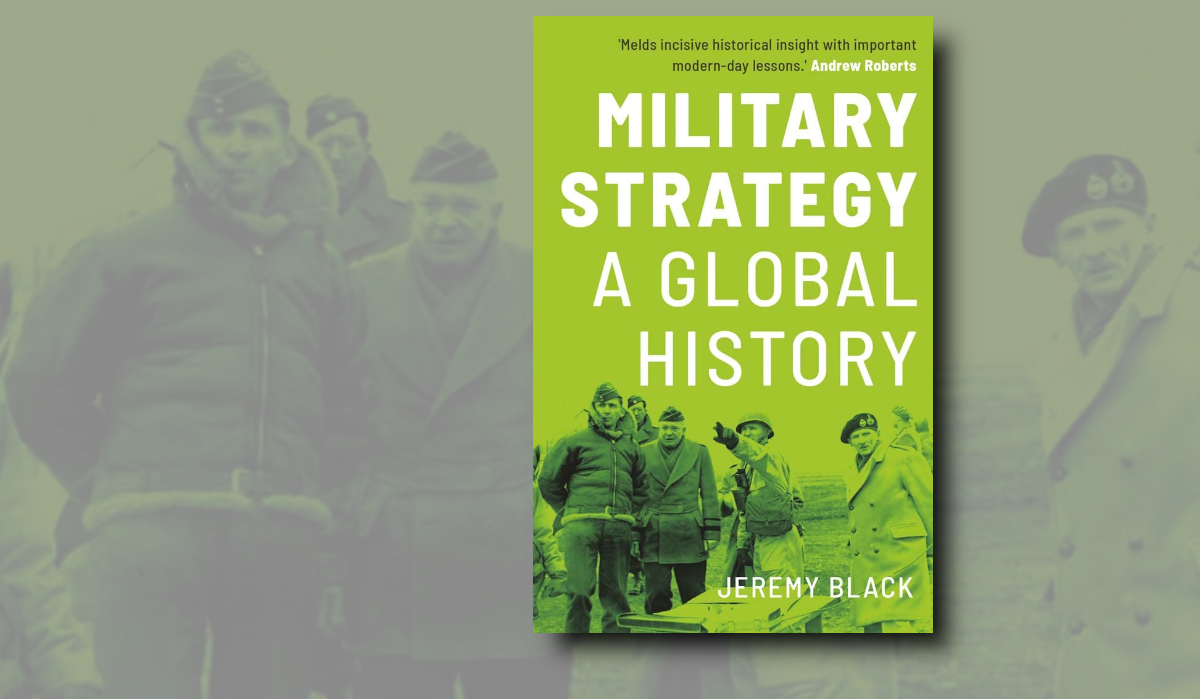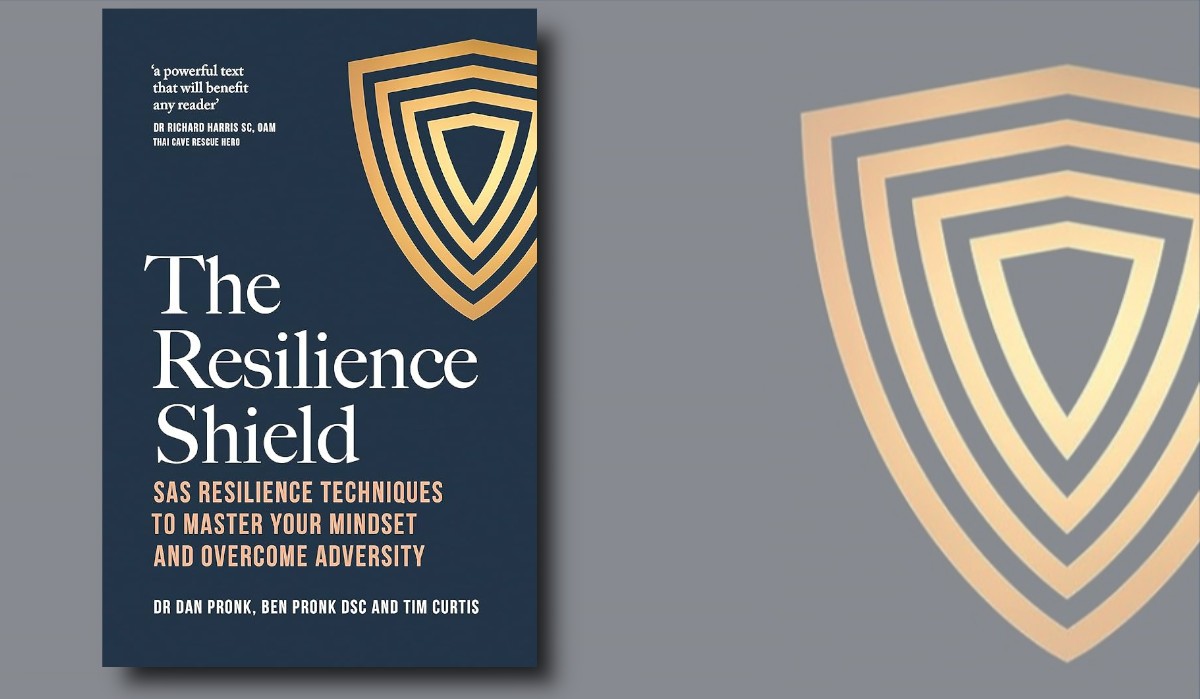Biological Swarms
The concept of swarms originates in nature, often referred to as biological systems or natural swarms.[1] Swarm intelligence (SI) research originally pertained to studying the self-organised behaviours of social insects.[2] An example of the SI demonstrated by social insects is provided in a 2004 study on ant colonies building networks of galleries which demonstrate path system efficiency.[3]
The intelligence that emerges from collective behaviour has been harnessed in robotics systems. Over recent years, swarms research in the context of robotic systems has attempted to translate and leverage the demonstrated benefits of SI found in biological swarms.
This research has evolved in both civil and military contexts, with much of the military research pertaining to swarms operating in the context of integrated platforms, such as combined arms teams.
Robotic Swarms
The original field of research which explored swarms (outside of naturally occurring swarms) was the field of cellular robotic systems (CRS). This field was characterised by cooperation between machines to achieve a pre-defined goal or task. In this context, the term swarm intelligence (SI) described self-organisation of machines through nearest neighbour interaction.[4]
Early CRS research involved a finite number of robots operating in a finite space, functioning against limited communication between adjacent robots.[5] Over time, this research expanded to SI in a robotic context. More recent research has explored how SI can be scaled by removing limitations on the number of machines and the space they operate in. Additionally, communication is not limited to neighbour interaction, but instead has extended to communication between all agents within a swarm..[6] The Australian Army defines SI as ‘the ability of a team of autonomous agents to collectively self-organise’.[7] Robust, flexible and scalable are characteristics used by the Australian Army to describe swarm system capability.
The advancements in how robotic systems operate within a swarm have expanded not only the conceptualisation of SI, but also the understanding of how these systems are coordinated. What is of particular interest is understanding whether swarms are a collective agent, working towards a global goal, or is it a case of individual agents cooperating to achieve predefined localised goals or tasks?
The significance of this question is evident when determining how goals are defined for swarms and how goal-fulfilling behaviour is actualised. One of the key differences between biological swarms and robotic swarms is agency. Biological swarms are comprised of entirely independent agentive systems. The 2004 ant network study describes the self-organisation of ant networks as ‘a set of parallel distributed decisions made by a set of simple agents[8]. In comparison, the agency of robotic swarms may differ across a broad spectrum of autonomy which is dependent on the level of autonomy and intelligence of the robotic systems.
To illustrate this distinction, consider an example of swarms in the context of the Australian Army. In 2023, the Australian Army’s Robotic and Autonomous Systems Implementation & Coordination Office (RICO) conducted a demonstration with two swarms of drones operating across an integrated platform. One swarm was responsible for surveillance while the other was responsible for jamming enemy communications. In the case of the surveillance swarm, if this swarm operates by assigning each agent a segment of a larger area to survey, it can be assumed this swarm consists of individual agents with localised goals. Theoretically, if one drone is unable to fulfil their task, then the overall area cannot be mapped in its entirety. If SI is characterised by efficiency and robustness in this example, the swarm could be argued as not being robust as it lacks resilience to failure.
There is some research exploring the idea of self-healing mechanisms within swarms[9] which aim to counter the effects of agent loss. In the example swarm presented, if one drone was unable to fulfil its task of mapping an allocated area and the swarm was designed with self-healing mechanisms, i.e. robustness, then theoretically the remaining drones should have the capacity to reconfigure their behaviour to ensure the broader goal is fulfilled. In the case of this example, this could mean one or more agents would survey the missing area in addition to their own allocated areas. In this context, the swarm would be considered a collective agent. It would also be considered robust and therefore more intelligent compared to the aforementioned example.
These examples demonstrate the significance of agency in swarms and SI, particularly through the nuanced lens of dynamic military operating environments. For robotic swarms, their goals – be they global or local – are defined by humans. Goals cannot be defined without an understanding of swarm coordination. Because robotic swarms lack the independence that comes with the agency of biological swarms, the coordination of these systems is dependent on how these systems are conceptualised and how goals are defined.
Defining Goals
Goals, which are objectives of a system, have two main functions – facilitating system control and system evaluation.[10] The effectiveness of a system is dependent on the system's ability to achieve a desired state or goal and that desired state or goal is the driving force for system behaviour. There is currently little research around defining goals for swarms. To fill this niche gap, the following four guidelines have been developed for defining goals for swarms:<
-
Be clear and specific such that they have an objective interpretation
Swarms involve multiple agents working together to achieve either individual goals or one collective goal. In either circumstance, clarity and specificity of goal definitions will be crucial to ensuring cohesion among the agents that comprise a swarm.
-
Distinguishable as either individual local goal(s) or collective global goal(s)
There may be contexts where swarms consist of agents working towards individual goals, while other contexts may involve multiple agents working towards one collective goal. When defining goals, it’s important to distinguish between the two. Defining one goal for the collective will differ from defining multiple individual goals.
-
Specify time requirements
Cohesive coordination is dependent on time parameters. Returning to the example of the Australian Army’s swarm of drones used for surveillance, without time parameters specified, each agent may fulfil their goals across varying timeframes. In a static environment, this may not present great concern. However, in dynamic environments that are more common in Defence contexts, time variations in completing a task will impact the accuracy and validity of the information gathered.
-
Be measurable or quantifiable
If goals are not measurable or quantifiable, knowing when a goal has been achieved is difficult and unclear. If using the Army’s swarm drone experiment for a surveillance function, quantifying this goal would include specifying the exact coordinates of the area that needs to be surveyed and specifying the type and quantity of information received. In the absence of that information, the agent may survey more or less of the required area and may relay information in an unusable format.
Conclusion
How agency is conceptualised for swarms is context dependent. The application of swarms varies across the plethora of industries that utilise this capability. As such, one conceptualisation of agency cannot hold true for all possible applications of swarms. In a Defence context, complex operations combined with the dynamic nature of operating environments – be they combative or civil – will not allow for generalised conceptualisations of swarms.
What is consistent across swarm applications is the need for guidelines around defining goals. Whether they are local goals for individual agents or global goals for the collective, a lack of structure and consistency in goal setting impacts swarm efficiency and robustness, i.e. SI. The proposed guideline provides criteria for defining goals for swarms, applicable to both conceptualisations of swarm use, to promote goal definitions that encourage effective and robust swarm operations.
[1] Cavagna, A., Conti, D., Creato, C., Del Castello, L., Giardina, I., Grigera, T.S., Melillo, S., Parisi, L., Viale, M., ‘Dynamic Scaling in Natural Swarms’, Nature Physics, 13, 2017, pp. 914–918.
[2] Garnier, S., Gautrais, J., Theraulaz, G., 2007. ‘The Biological Principles of Swarm Intelligence’, Swarm Intelligence, 1, pp. 3–31. https://doi.org/10.1007/s11721-007-0004-y
[3] Buhl, J., Gautrais, J., Sole, R.V., Kuntz, P., Valverde, S., Deneubourg, J.L., Theraulaz, G., ‘Efficiency and Robustness in Ant Networks of Galleries’, The European Physical Journal, 42, 2004, pp. 123–129. https://doi.org/10.1140/epjb/e2004-00364-9
[4] Beni, G., Wang, J., ‘Swarm Intelligence in Cellular Robotic Systems’, Dario, P., Sandini, G., Aebischer, P. (eds.), Robots and Biological Systems: Towards a New Bionics?, Springer Berlin Heidelberg: Berlin, Heidelberg, 1993, pp. 703–712.
[5] Sahin, E., Swarm Robotics: From Sources of Inspiration to Domains of Application. Department of Computer Engineering, Middle East Technical University: Ankara, Turkey, 2005.
[6] Beni, G., ‘From Swarm Intelligence to Swarm Robotics’, in Swarm Robotics, Presented at the International Workshop on Swarm Robotics, Springer: Berlin, Heidelberg, 2005, pp. 1–9. https://doi.org/10.1007/978-3-540-30552-1_1
[7] Hepworth, A.J., Yaxley, K.J., Baxter, D.P., Keene, J.C., Report on Applied Research Directions and Future Opportunities for Swarm Systems in Defence (Australian Army Occasional Paper No. 11). Australian Army Research Centre, 2022, p. 3
[8] Buhl, J., Gautrais, J., Sole, R.V., Kuntz, P., Valverde, S., Deneubourg, J.L., Theraulaz, G., ‘Efficiency and Robustness in Ant Networks of Galleries’, The European Physical Journal, 42, 2004, pp. 123–129. https://doi.org/10.1140/epjb/e2004-00364-9
[9] Eliot, N., Kendall, D., Moon, A., Brockway, M., Amos, M., ‘Void Reduction in Self-Healing Swarms’, Presented at the ALIFE 2019: The 2019 Conference on Artificial Life, The MIT Press, London, 2019, pp. 87–94.
[10] Morasky, Robert.L., ‘Defining goals—A systems approach’, Long Range Planning, 10, 1977, pp. 85–89. https://doi.org/10.1016/0024-6301(77)90125-X



